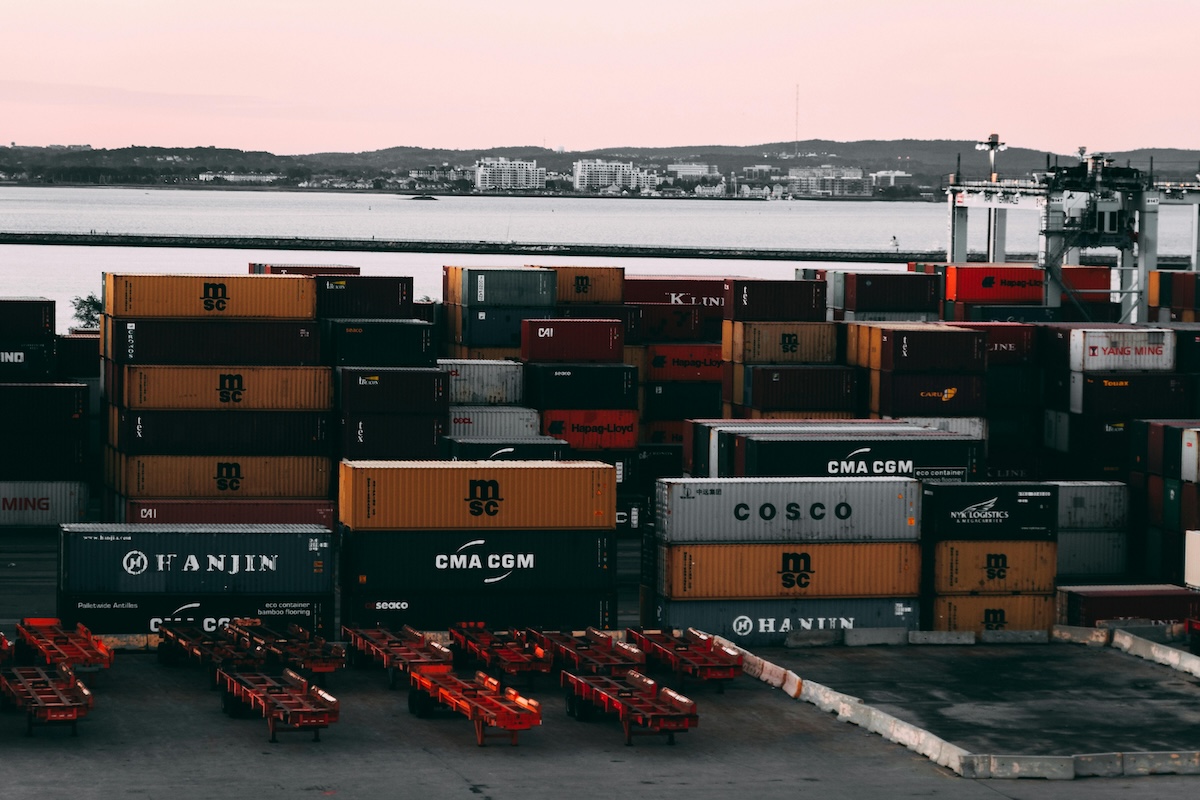ECCNs Explained: Decoding Export Classification Numbers

Article Summary
An ECCN is a five-character alphanumeric code used to classify items under the Commerce Control List (CCL) and determine their export control requirements.
ECCNs are critical for identifying whether an item requires an export license based on its characteristics, end-use, end-user, and destination.
ECCNs classify items listed on the CCL with specific export restrictions, while EAR99 applies to items not listed on the CCL and generally subject to fewer restrictions.
You can determine an ECCN by self-classifying using the CCL, requesting a BIS ruling through SNAP-R, or consulting the product’s manufacturer.
Dual-use items are goods or technologies with both civilian and military applications. ECCNs regulate their export to prevent unauthorized use.
Exporting without the correct ECCN or required license can result in fines, loss of export privileges, and legal penalties
The acronym ECCN stands for Export Control Classification Number, which is a five-digit alphanumeric code on the Commerce Control List (CCL). The CCL, part of the Export Administration Regulations (EAR), is one of two control lists maintained by the U.S. to identify specific products, services, and technologies that require export licenses to prevent them from falling into the wrong hands. The other list, called the United States Munitions List (USML), is under the auspices of the ITAR, that is, the International Traffic in Arms Regulations. While concerns regarding military items are evident, we will see that the sensitivities and strategies regarding commercial items are much more nuanced and technically specific. The CCL and USML may have the same purpose, preventing the export of sensitive items and technology to dangerous nations and entities, but this article focuses on the ingenious structure, logic, and versatility of ECCNs that enable them to achieve their objectives.
Breaking the Code: Why are ECCNs Important?
There are hundreds of ECCNs, and each is carefully written with technical language and parameters to not only describe various categories of items but also to rank and organize their sensitivities and licensing requirements. Most importantly, ECCNs describe controlled items with granular specificity, often using layers of subcategories and highly specific parameters. Even more impressive, ECCNs also describe the reasons for control, which you cross-reference to the Commerce Country Chart to determine whether the stated controls are applicable in the proposed destination country. Finally, and very importantly, each ECCN describes the various exceptions that may be available for your transaction, bypassing the need for an export license.
Export Classification Sequence: Order of Review
When you begin a classification exercise, the Order of Review stipulates that you must first compare the product/item to the appropriate categorical descriptions on the USML. If your item is not described there, you look next to the relevant section of the CCL. If it is specified there (or described or enumerated—the vernacular differs), it is classified under that ECCN. If it is not described anywhere on the CCL, it is given the designation of EAR99, an advantageous bucket category which is described in more detail below.
Compliance Granularity: Understanding the Alphanumeric Structure of ECCNs
ECCNs have five digits, such as 3A001, and each has a purpose. The first is a number, denoting the Category (i.e., Nuclear, Electronics, Marine, etc.). The second digit is a letter, specifying the Product Group in one of five categories, such as Material, Software, Technology, and types of Equipment. The last three digits in the ECCN are numbers, from 001 through 999, enhanced by notations (.a, .b, .c), that enable highly specific classification criteria. This 5-character, alphanumeric structure is essential to parse out complex technical issues sufficiently to establish clear control parameters.

Export Classification Terminology: What Does the EAR99 Designation Mean?
The term EAR99 denotes that an item is subject to the EAR, has undergone an export classification analysis, and the resulting determination places that item at the lowest level of concern. This is good news, meaning that you have subjected the item to the appropriate scrutiny and it receives the least restrictive classification/designation. An EAR99 designation means that the item can be exported under the No License Required (NLR) authorization to all countries except those subject to comprehensive sanctions or embargoes (e.g., Cuba, Iran, North Korea, Syria, among others).
Determining ECCN Classifications is Risk Management
Determining the correct ECCNs is crucial in international trade and commerce. Since the ECCN provides specific reasons for control and applicable exceptions, you have the information needed to discern licensing requirements and thus remain compliant. Neglecting or incorrectly determining ECCNs, on the other hand, introduces the very real risk of export violations and considerable headaches thereafter.
If you're seeking expert guidance in understanding the intricacies of ECCNs and export control, CTP is here to assist. Contact us today to enhance your compliance strategy and safeguard your international operations.
Key Points
What is an Export Control Classification Number (ECCN), and how does it work?
An Export Control Classification Number (ECCN) is a five-character alphanumeric code used to classify items under the Commerce Control List (CCL). It identifies goods, technology, or software that are subject to U.S. export control regulations. ECCNs are assigned based on the item's performance characteristics, end-use, and end-user. They are critical for determining whether an export license is required for a specific transaction.
Why are ECCNs critical for export compliance?
ECCNs are essential because they:
- Determine Licensing Requirements: They specify whether an item requires an export license based on its classification and destination.
- Ensure Compliance: ECCNs help exporters adhere to the Export Administration Regulations (EAR) and avoid violations.
- Categorize Dual-Use Items: They regulate items with both civilian and military applications to prevent misuse.
By using ECCNs, companies can mitigate risks and ensure their exports align with U.S. laws.
How can you determine the ECCN for your product?
To determine the ECCN for a product, follow these steps:
- Self-Classify: Search the Commerce Control List (CCL) for descriptions that match your product's characteristics.
- Request a BIS Ruling: Submit a classification request through the SNAP-R system for an official determination.
- Consult the Manufacturer: Many manufacturers already know the ECCN for their products.
- Seek Expert Assistance: Export compliance consultants, like CTP, can help identify the correct ECCN.
What is the difference between ECCN and EAR99, and why does it matter?
- ECCN: Items listed on the CCL with specific export restrictions. These items may require a license depending on the destination, end-user, or end-use.
- EAR99: Items not listed on the CCL, generally requiring fewer restrictions unless exported to embargoed countries or restricted parties.
Understanding the distinction is crucial for determining licensing requirements and avoiding compliance violations.
What are dual-use items, and how are they regulated under ECCNs?
Dual-use items are goods, software, or technologies that have both civilian and military applications. Examples include advanced electronics, encryption software, and certain chemicals.
- Regulation: ECCNs categorize dual-use items under the CCL to ensure they are not exported for unauthorized military or harmful purposes.
- Licensing: Depending on the ECCN, a license may be required to export dual-use items to certain countries or end-users.
What are the consequences of exporting without the correct ECCN or license?
Exporting without the correct ECCN or required license can lead to:
- Severe Penalties: Fines, imprisonment, or both.
- Loss of Export Privileges: Companies may be barred from exporting in the future.
- Reputational Damage: Non-compliance can harm a company’s reputation and relationships with partners.
To avoid these consequences, companies must ensure proper classification and licensing for all exports.










